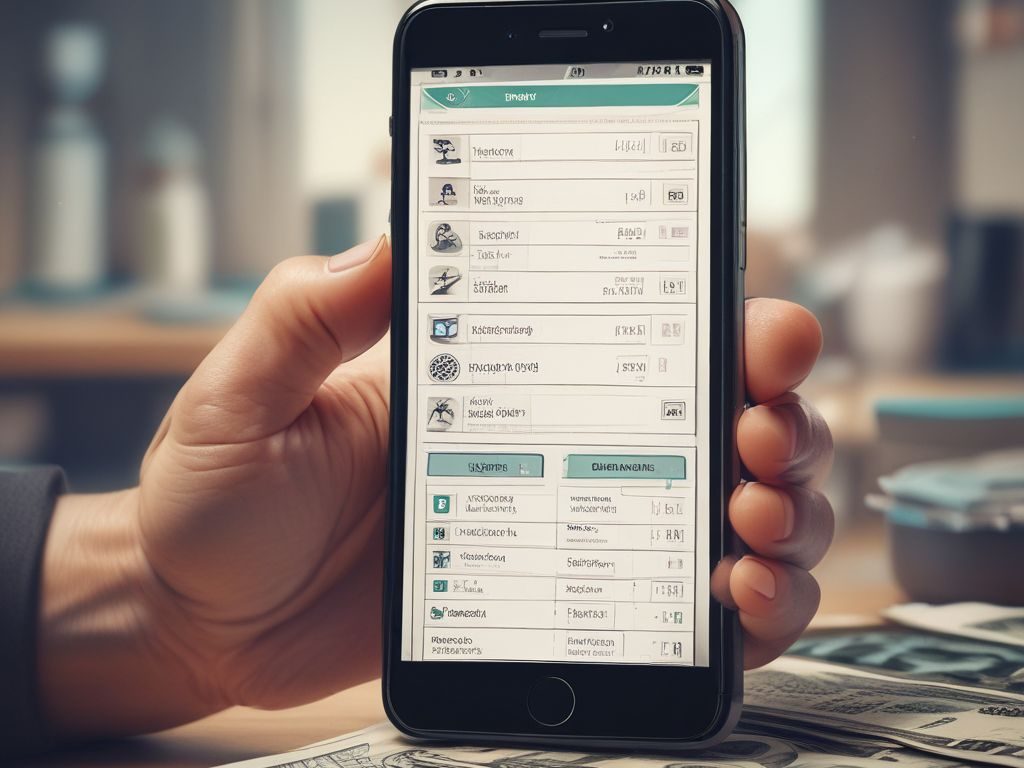Physical Address
304 North Cardinal St.
Dorchester Center, MA 02124
Physical Address
304 North Cardinal St.
Dorchester Center, MA 02124

Saving money can feel like an uphill battle, especially when expenses seem to eat up your paycheck before the month even starts. Whether you’re trying to build an emergency fund, plan a vacation, or get ahead financially, the key is consistency and smart decision-making. This guide lays out ten practical, actionable steps you can take right now to How to Save Money Quickly—without overhauling your entire lifestyle.

Before you can start saving effectively, you need a clear picture of where your money goes each month. This means tracking all your expenses — rent, groceries, morning coffees, online subscriptions, spontaneous purchases, and everything in between. For one full month, write down or log every transaction.
There are many tools to help you with this: Mint is a free, user-friendly app perfect for beginners. If you want something more structured, YNAB (You Need A Budget) offers detailed budgeting features but requires a subscription. Even a simple spreadsheet or a physical notebook works wonders.
By seeing the actual flow of money, many people realize how small, unnoticed purchases add up quickly and where they can cut back. This awareness is the first crucial step toward better money management. For more budgeting tips, check out our complete budgeting guide.
Saving “just to save” rarely works. Give your money a mission. Are you trying to save $1,000 for an emergency fund? Or $5,000 for a vacation in 12 months?
The SMART goal framework (Specific, Measurable, Achievable, Relevant, Time-bound) can help clarify your objectives. For example: “I want to save $2,400 in 12 months, so I’ll save $200 each month by cutting dining out and starting a side hustle.”
If you need help setting financial goals, our article on Navigating Financial Emotions: Building a Healthy Relationship with Money offers practical advice.

This popular rule divides your monthly income into:
Adjust these percentages as your priorities change. Want to save faster? Temporarily increase your savings portion to 30–40%. Learn more about budgeting strategies in our detailed post on the How to Build an Emergency Fund: A Step-by-Step Guide for Financial Peace of Mind
Automating your savings is one of the simplest ways to ensure you “pay yourself first.” Set up automatic transfers from your checking account to a savings account right after payday.
Many online banks like Chime, Ally, and Capital One 360 offer automated savings features. Some apps even round up your purchases and transfer the spare change into your savings automatically.
To learn more about how to automate savings and build wealth without thinking about it, read this article on automation and smart saving habits.

Food delivery is one of the fastest ways to drain your wallet. Between delivery fees, tips, and inflated menu prices, a $15 meal can turn into a $30 habit in no time.
Meal prepping on weekends or learning to cook a few simple dishes (think: stir-fries, tacos, pasta) can save you hundreds each month. Bonus: it’s healthier and often faster than waiting for delivery.
Take a look at all your subscriptions—streaming services, app fees, monthly boxes—and cancel the ones you rarely use. Even $10/month adds up to $120/year.
Call your phone, internet, or insurance provider and ask:
Many companies would rather lower your rate than lose you as a customer.
Take a weekend to declutter and sell items you no longer need:
Use platforms like:
You can easily generate $100–$500 depending on what you have lying around. Need tips on selling online? Check out this guide to selling unwanted stuff.
Maximize the money you already spend by using cashback and rebate apps. Some favorites:
Also, if you’re disciplined with credit cards, consider a no-fee rewards card that gives you cashback or travel points for routine expenses.
For more on smart credit card use, read How to Get a Car Loan Even with Bad Credit
We’ve all fallen for the late-night shopping rabbit hole. The 24-hour rule helps curb this behavior: wait 24 hours before making any non-essential purchase.
Often, the urge passes, and you’ll realize you didn’t really need the item. If you still want it after a day and can afford it, then make the purchase.
Learn more strategies to fight impulse buying in this article on controlling impulse spending.
Sometimes, the best way to save more is to earn more. Consider starting a flexible side hustle, like:
Even an extra $100–$300/month can make a big difference in reaching your savings goal faster.
Saving money quickly doesn’t require winning the lottery—it requires awareness, intention, and small consistent changes. By following these ten strategies, you can take immediate control of your finances, reduce unnecessary expenses, and build up a savings buffer that gives you freedom and peace of mind.
It’s not about being perfect—it’s about progress. Start with one or two steps today and build from there. Your future self will thank you.
If you want to deepen your financial knowledge, don’t miss our popular article on 10 Essential Tips for Achieving Financial Success.